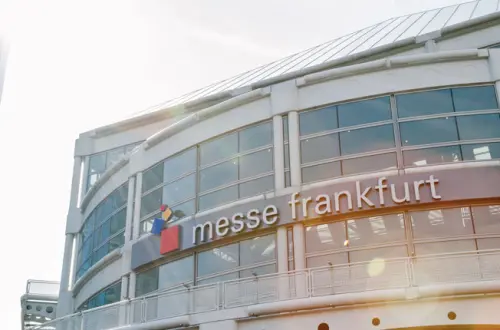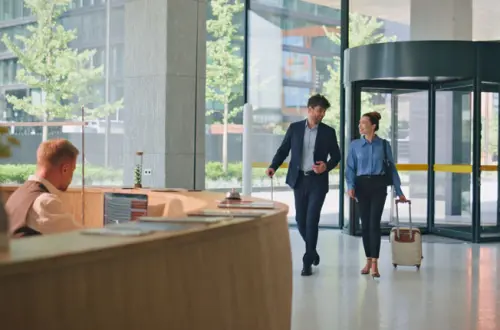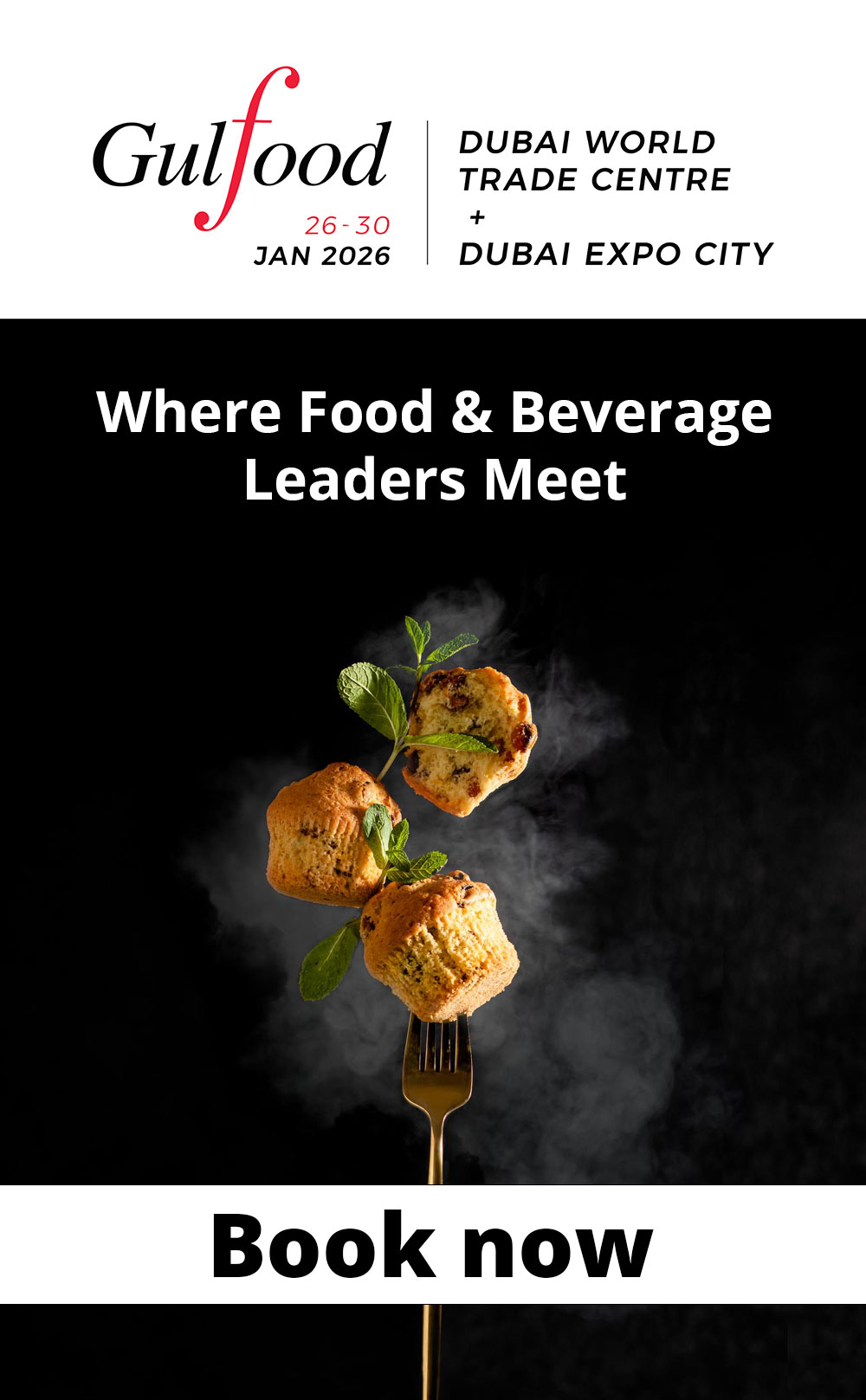What Trade Fairs Looked Like during the Middle Ages?
We tend to consider trade fairs as modern inventions – a natural result of all the ways we can travel the world in a short amount of time. There are impressive, modern exhibition centres that house thousands upon thousands under their roofs. Live demonstrations thrill the audience and fast Wi-Fi connections allows the experience to cross from the physical world into the digital – available to everyone. It may come to a shock to some to learn that not only are trade fairs historic nature, but responsible for the modern European economy and civilization.
It’s true. Trade has made the world connect regions that have nothing in common and is responsible for the transfer of knowledge, food, good and people. It was around the 13th century, when Europe underwent the big shift from a medieval agricultural economy to resemble what it eventually grew to be – interconnected and reliant on the free movement of people. It was around this time that the trade between regions rose to prominence and prompted the formation of urban centers. Trade fairs played a role in forming many modern cities, because they were held along popular trade routes.
But first we have to take a look at what the definition of a trade fair was in Medieval times.
At their core, trade fairs were then very much what they are today - a meeting point between supply and demand. Sellers and buyers meet together at a specifically appointed place to exchange money for goods, but during this time period they were certainly something special. They were often held for longer periods of time – up to two weeks at a time, and they were certainly far bigger than any of the local marketplaces that existed as a weekly event and featured only local traders. Fairs were an opportunity to come into possession of goods outside the community and region.
What you could expect to buy at a trade fair varied depending on the vendors, and who was given permission to sell (usually such permission was given either by a fief owner or the king). In early Europe, trade fairs were mostly tied with the church as it was churches that first realized the true economic power of trade fairs and adopted them. More on that a little later. Back to the wares. In addition to the expected mundane items like raw materials, pots, pans, food and rugs, there would be scented soaps and regional luxuries that could be afforded by the wealthy. It could be textiles from the far East brought on the Silk Road, or wood from the dense forests in Scandinavia. Rather than have a tight specialized focus, trade fairs welcomed a variety of products and were more of a general interest.
What might surprise many readers is the fact commerce and the church have a close relationship in making trade fairs successful. It’s even in the term. The word fair is established to be derived from the Latin word “feria” – a holy day. These holy days were for worship and this would mean that a lot of people would gather in one place, which is the same principle governed trade fairs. It didn’t take long for churches to sponsor trade fairs to generate money for themselves and often the fairs would coincide with a saint's feast – a time of celebration, where people would have free time and an opportunity to be carefree. The perfect conditions to inspire purchases!
As to where the trade fairs took place – they mostly happened in the precincts of a church, which were natural social centres for the community at the time. The only exception to this rule is England where fairs took place in towns or near towns as to avoid desecrating churchyards. So what we can gather from all this information is that trade fairs were oriented towards the community as a way to sell goods and also raise money for the church. Their commercial and social importance were great and usually resembled large parties.
It was not uncommon to see musicians, singers, acrobats, fools and stilt walkers to entertain crowds and earn their living. You could expect to see at least one tournament as part of the entertainment, and to take advantage of the crowds, innkeepers were quick to offer drinks and a good bite to eat – a precursor to modern fast food!
In the end, although having roots in such a distant part of human history, trade fairs has not much changed in essence!









